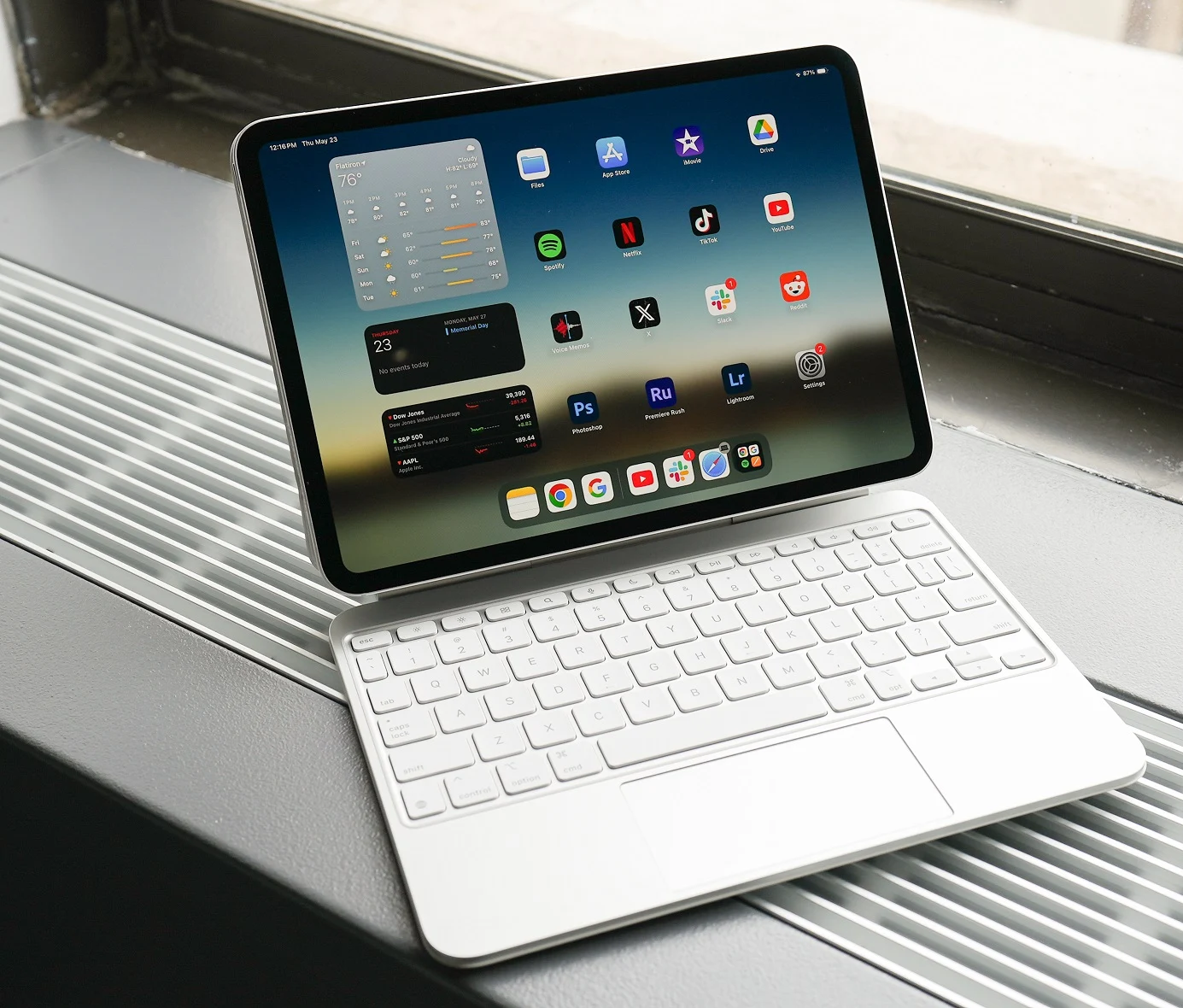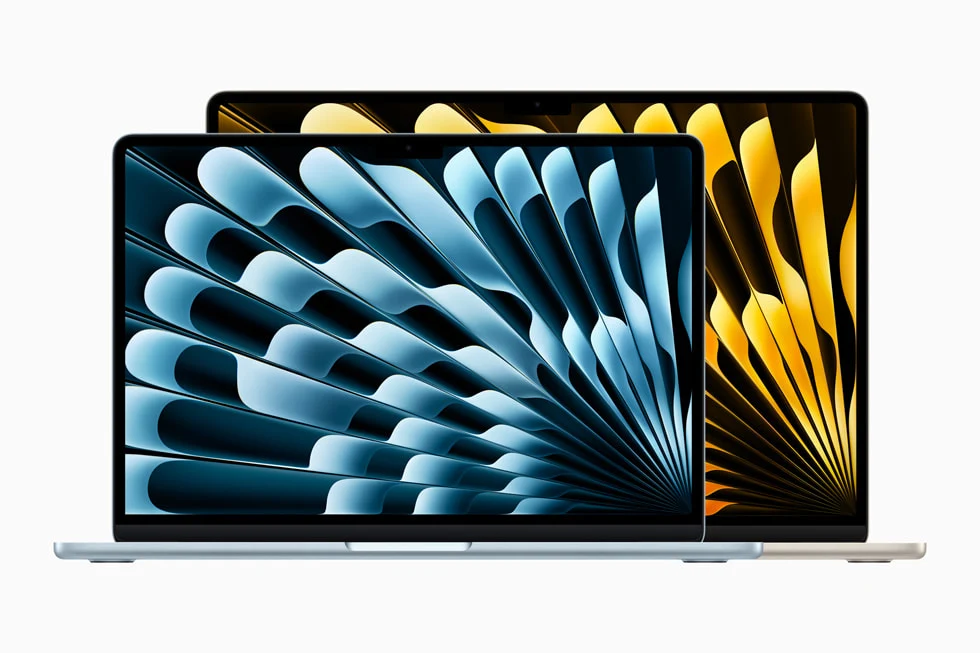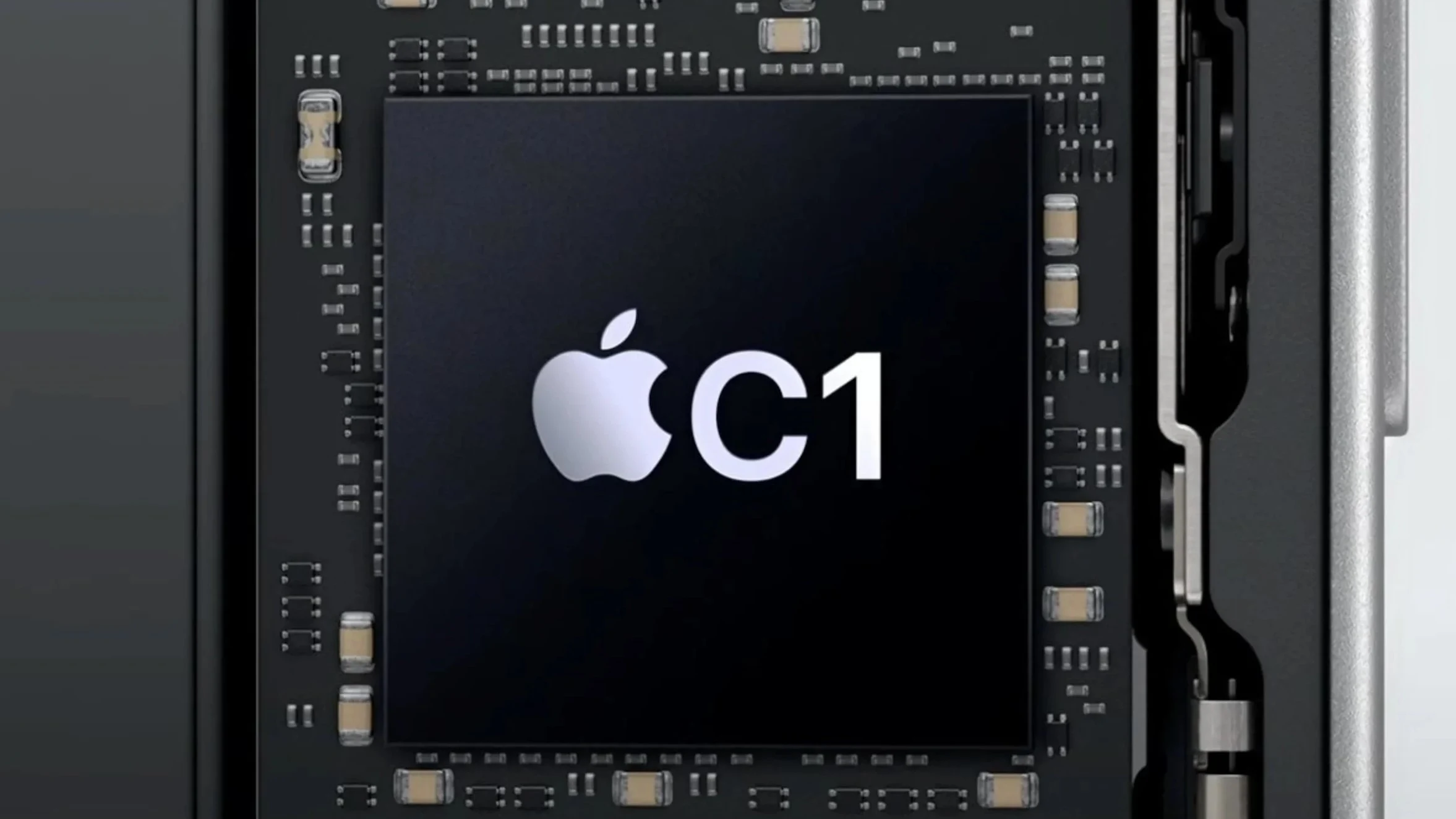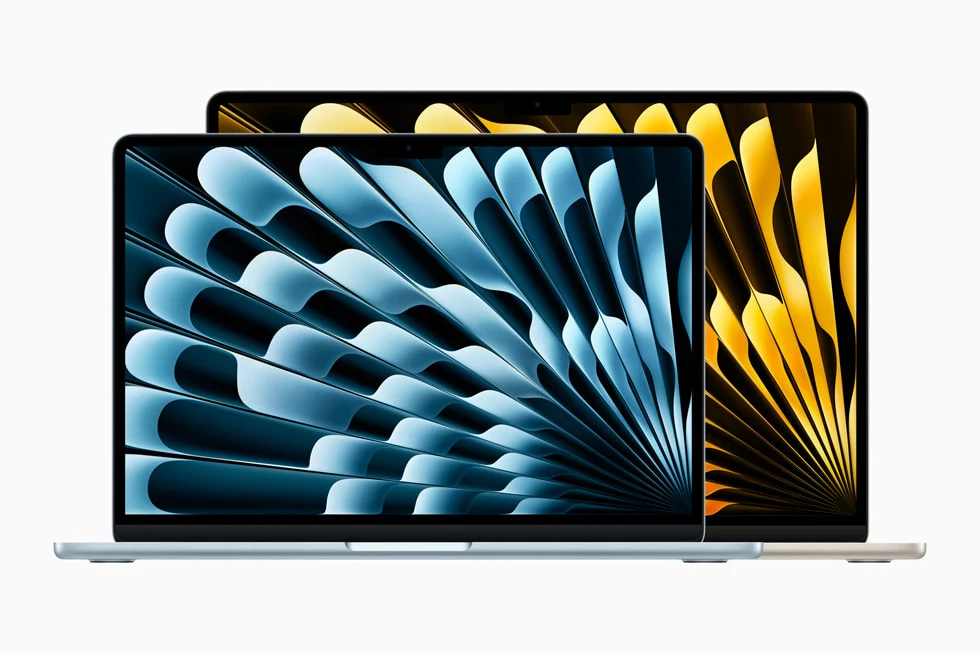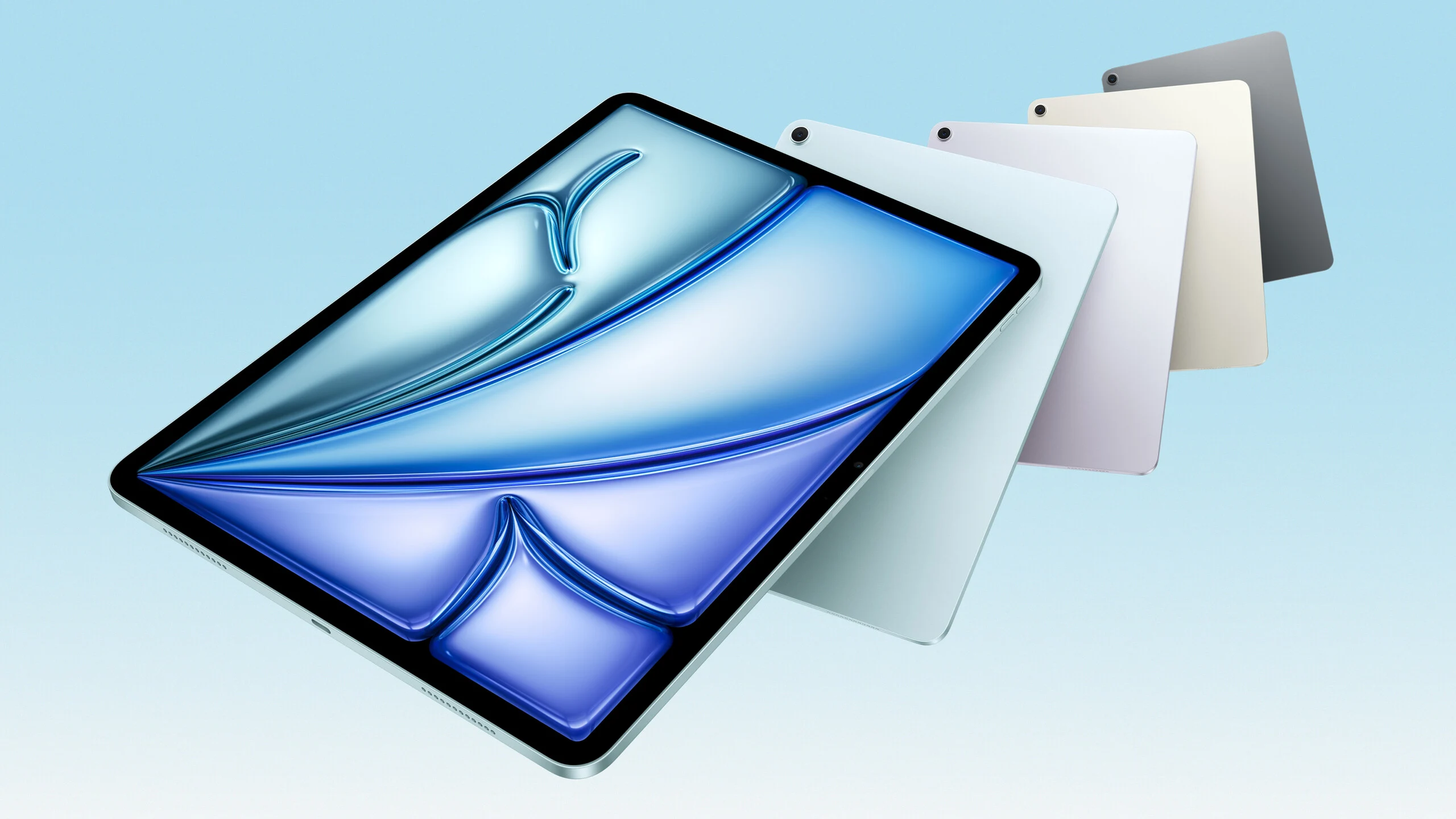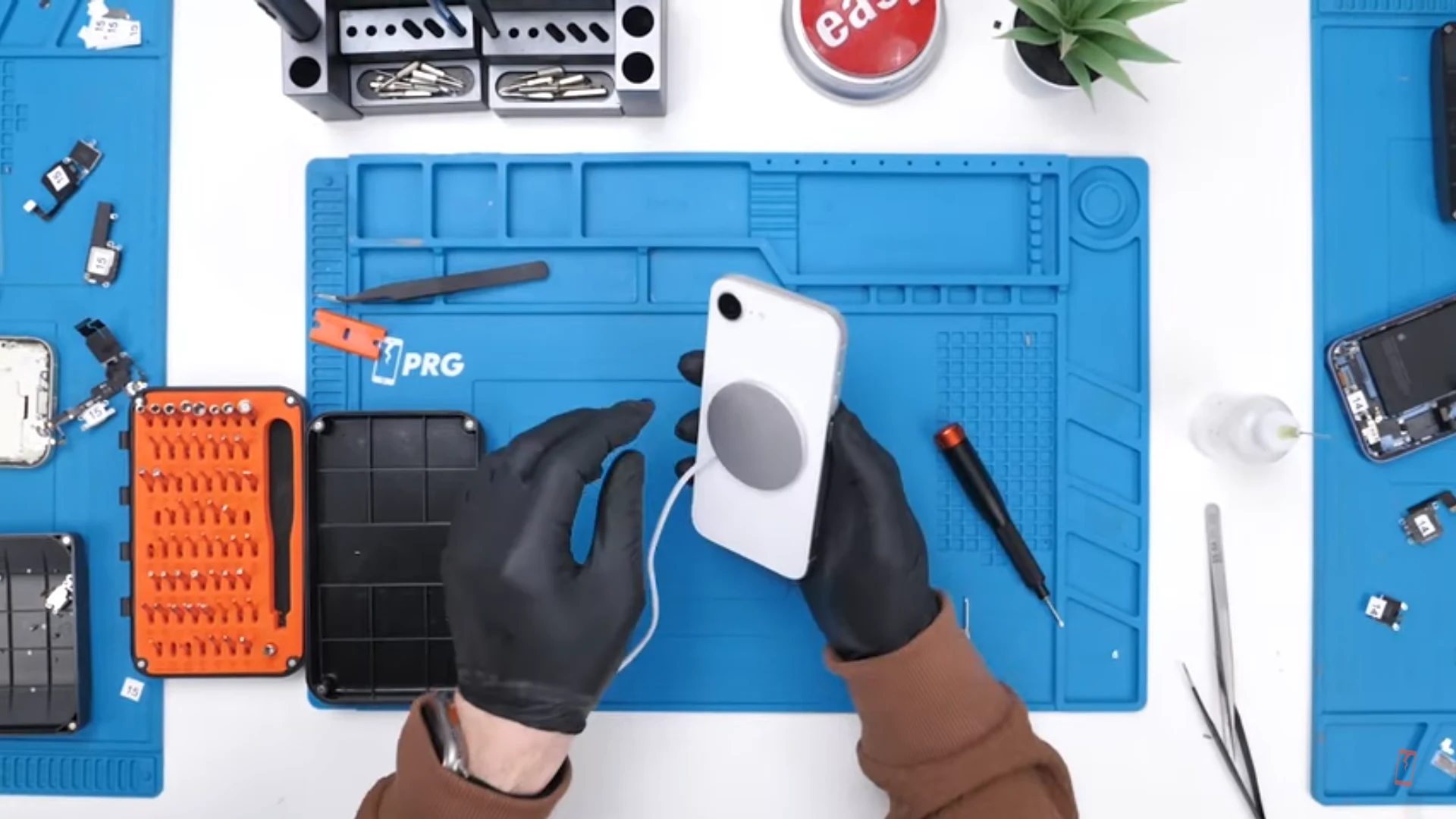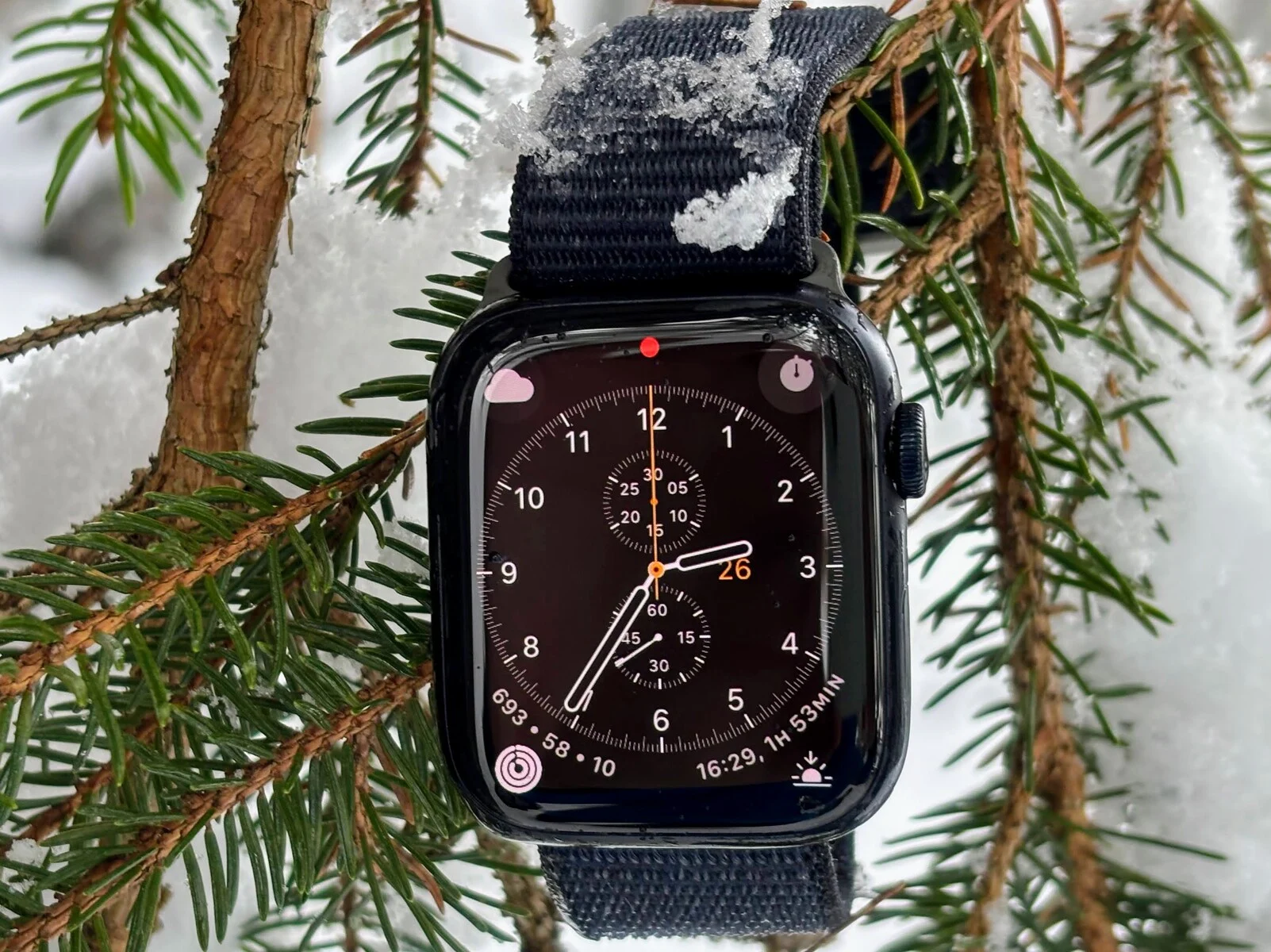Key Takeaways
1. Apple’s Game Porting Toolkit helps developers move Windows games to macOS, but many AAA titles remain exclusive to Windows.
2. Wine is a free program that allows Mac users to run Windows applications and games.
3. CrossOver, built on Wine, offers a user-friendly interface and serves as a launcher for Windows games without needing technical skills.
4. CrossOver 25 includes over 5,000 enhancements, improved launch speed for Steam, and support for Epic Games Store and GOG Galaxy.
5. CrossOver 25 supports popular games like Red Dead Redemption 2 and costs $74 for a year of updates or $494 for lifetime updates.
Apple’s Game Porting Toolkit provides a fairly easy method for developers to transition Windows games to macOS. Yet, many AAA games are still exclusive to Microsoft’s operating system. On the other hand, Wine is a free and open-source program that enables Mac users to run Windows applications and games on their Apple devices.
The New CrossOver Software
CrossOver is a newer application built on Wine. Though it’s not free, it claims to offer a much more user-friendly interface along with several handy features. For instance, CrossOver can act as a launcher for Windows games, eliminating the need for any technical expertise. With just one click, users can dive into their game library and play thousands of Windows titles. There’s also a compatibility database that currently lists over 20,800 officially supported games and applications.
Latest Updates in CrossOver 25
The most recent version, CrossOver 25, reportedly brings over 5,000 total enhancements. Notably, the Windows version of Steam now launches much quicker, and both the Epic Games Store and GOG Galaxy are now officially supported. CrossOver 25 also automatically chooses the best settings for various games. It has added support for popular titles like Red Dead Redemption 2, Dragon’s Dogma 2, The Last of Us Part I, and Age of Wonders 4, which can now run on Macs with ARM chipsets.
CrossOver 25 is currently accessible on CodeWeavers’ official site. The license for this version is priced at $74, which includes a full year of updates. Alternatively, Mac gamers who wish to receive lifetime updates can purchase CrossOver Life for $494.
Source:
Link



